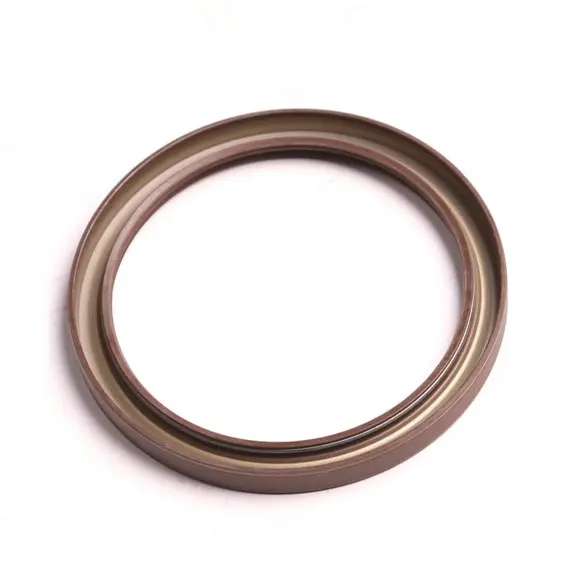9 月 . 13, 2024 02:43 Back to list
automotive oil seals
Understanding Automotive Oil Seals Their Importance and Functionality
Automotive oil seals are crucial components in the machinery of vehicles, serving a vital role in maintaining the integrity and efficiency of the engine and other critical systems. These seals, often made from durable materials like rubber, provide a barrier to prevent oil leaks, thus ensuring optimal performance and longevity of automotive systems.
What Are Oil Seals?
Oil seals, sometimes referred to as lip seals or rotary seals, are used in various automotive applications to contain lubrication fluids while preventing dirt, dust, and other contaminants from entering the system. They are designed to fit snugly around rotating shafts and stationary components, ensuring a tight seal to maintain pressure and protect against fluid loss.
Functions of Automotive Oil Seals
1. Leak Prevention The primary function of oil seals is to prevent oil from leaking out of the engine or transmission. A leak can lead to a significant loss of lubricating fluid, which ultimately can result in mechanical failure, increased wear, and potentially catastrophic engine damage.
2. Contaminant Exclusion Oil seals also keep contaminants, such as dirt and moisture, from entering critical internal components. By creating a barrier, they help maintain the cleanliness of engine oil, which can drastically affect the performance and lifespan of the engine.
3. Pressure Maintenance Maintaining pressure within the sealing system is imperative for optimal operation. Oil seals are designed to withstand high pressures and extreme temperatures, ensuring that the lubrication system functions effectively under various conditions.
Common Applications
automotive oil seals

Automotive oil seals are found in numerous locations throughout a vehicle, including
- Engine Block Seals at the front and rear of the engine help contain motor oil and prevent leaks from crucial areas like the crankshaft. - Transmission Oil seals in the transmission system ensure that transmission fluid is retained, which is essential for smooth shifting and proper operation. - Differentials and Axles Seals in the drivetrain prevent fluid leaks from differentials and axle components, which are vital for the transfer of power from the engine to the wheels.
Material and Design Considerations
Oil seals are manufactured using various materials, commonly rubber, silicone, or polyurethane. The choice of material is vital, as it must withstand heat, pressure, and exposure to different fluids. Additionally, designs may vary based on the application, with some seals featuring a single lip, while others have multiple lips for enhanced sealing capabilities.
Maintenance and Replacement
While automotive oil seals are built to be durable, they are not immune to wear and tear. Over time, environmental factors such as heat, pressure, and chemical exposure can cause seals to degrade. Regular maintenance checks can help identify potential leaks early, and replacing worn seals promptly can save vehicle owners from costly repairs down the line.
Conclusion
In summary, automotive oil seals are essential components that facilitate the smooth operation of various vehicle systems. By preventing oil leaks and protecting against contamination, these seals play a pivotal role in ensuring engine efficiency and longevity. Regular inspections and timely replacements are crucial for maintaining the health of a vehicle's mechanical systems, illustrating the importance of these seemingly simple yet critical components in automotive engineering.